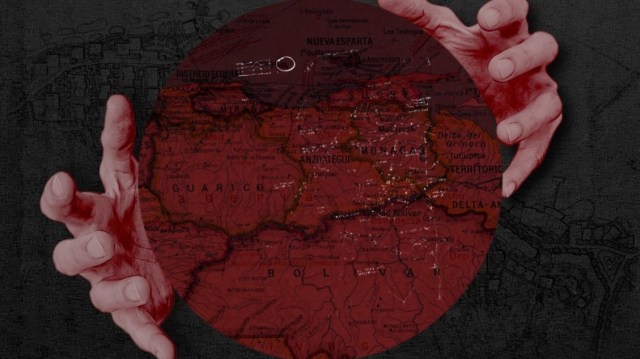
Nicolás Maduro announced a Special Economic Zone program to develop an elite tourism paradise in pristine La Tortuga Island and lure in domestic and foreign capitals. Other than the corruption and environmental impact we can imagine, what are ZEEs?
By Caracas Chronicles
Jul 27, 2022
This week, Nicolás Maduro announced the creation of five Special Economic Zones/Zonas Económicas Especiales (ZEEs for their acronym in Spanish) in Venezuela, all of them in coastal areas: Paraguana, Puerto Cabello, La Guaira and the islands of Margarita and La Tortuga. He talked about the success of this figure in Vietnam and China, while people like Nueva Esparta governor Morel Rodríguez thanked him for considering his state, but other people must have gotten chills at imagining how pristine La Tortuga could be destroyed under a cluster of hotels and casinos where just a few people could ever go.
Environmental and sentimental considerations aside, let’s try to focus on the basics.
What are these ZEEs?
The Special Economic Zones are specific regions that will be selected to apply a special regime of regulations and taxes to the companies investing in those places. The bases for this figure are established in the Law of Special Economic Zones (LOZEE), published in the Official Gazette N° 6.710 on July 20th, 2022. The general rules will be defined for each ZEE through every presidential decree that creates one.
There are no prohibitions in the Constitution against creating these zones. The National Assembly has the competence to establish special legal regimes to foster investment, and the government was provided now with the LOZEE to draw the rules and go ahead with this initiative.
Are these ZEEs similar to the ones that already exist in Panamá or México, or to the tax-free regimes in Paraguaná and Margarita Island?
In some cases, the ZEEs have a touristic profile, while in others, they have to do with the proximity of a port. All zones follow the same principle: to foster private investment in certain geographic areas. The history of each ZEE, however, depends on many factors: whether the kind of investment is adequate for each place, or if the zone is really attractive to investors. Ultimately, how successful a ZEE would be has to do with how much trust the government is able to instill in the potential investors. The reader could speculate what kind of investors could feel confident investing in a ZEE that belongs to a country ruled by Maduro and Co.
What to expect from ZEEs in terms of public spending, investment in infrastructure, and the creation of real employment? And what to expect in terms of corruption, opacity, and traffic of political favor?
It seems clear that, in general, the investors who would participate in the ZEE could be described as “tolerant to high risks,” meaning that they would have to be people who tend to obey rules, even if the Venezuelan rule of law keeps being hostile to investment. This is why those investors, one way or another, must be people with reasons to think that this government won’t be hostile to them.
The activities these investors would develop within a ZEE will likely have to follow the parameters of the Anti-Blockade Law, so we can also assume that it will be difficult to access information about the public and private participation in the projects taking place in ZEEs.
Beyond that, we don’t have reasons to think there will be a lot of public expense in these areas, and that Maduro’s government aspires to just open the field while other people in Venezuela and abroad open their pockets. We can expect that the extent to which the ZEEs will host infrastructure and employment will depend on how much risk the investors take.
…
Read More: Caracas Chronicles – Maduro creates zones for privileged tourism and business
…